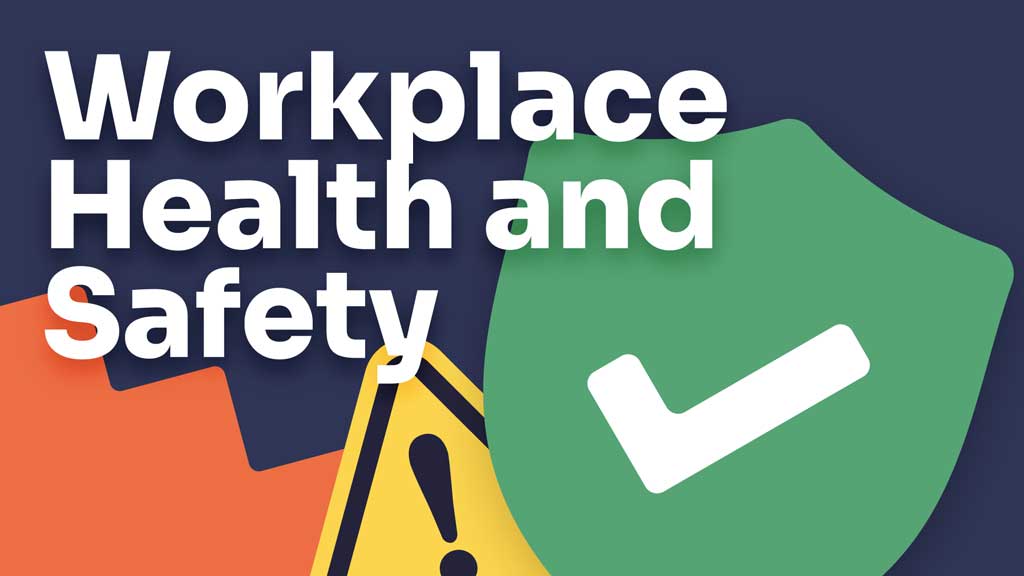
Did you know that under the new WHS Regulations, earth moving equipment used to lift, suspend and carry loads (subject to its capacity) are regarded as cranes for the purposed of high risk work licensing requirements.
This effectively means that if your local government uses earth moving equipment, such as excavators, to lift loads, then the excavator is regarded as a crane and the operator will require a specific crane licence to carry out the lift.
What's defined as a crane?
The WHS regulations define when earth moving equipment is deemed a crane as part of Schedule 3, Table 3.1 as follows:
- Item 14 explains that non-slewing earth moving equipment used as a crane with a capacity exceeding 3 tonnes is classified as a crane
- Item 15 explains that slewing earth moving equipment used as a crane with a capacity up to 20 tonnes is classified as a crane, with items 16-18 defining equipment with a capacity greater than 20 tonnes.
What are the licence requirements?
The WHS regulations defines the high risk work licence requirements to operate earth moving equipment such as a crane as part of Schedule 4 – Table 4.1 as follows:
- Non-slewing: Item 14 explains that a non-slewing mobile crane licence is required to operate a non-slewing mobile crane with a capacity exceeding 3 tonnes
- Slewing: Item 15 explains that a slewing mobile crane – with a capacity up to 20 tonnes licence is required to operate a slewing mobile crane up to 20 tonnes, with items 16-18 defining the licence requirements for slewing mobile cranes with a capacity greater than 20 tonnes.
LGIS members should note that these new WHS regulations do not have a transitional period attached to them and therefore the above requirements as now enforceable.
Relevant dogger and rigger competencies are still required for local government workers who are carrying out any slinging of loads irrespective of the type of earth moving equipment being used to lift a load.
For information and support on WHS requirements please talk to the LGIS Risk Services team or your regional risk coordinator.
